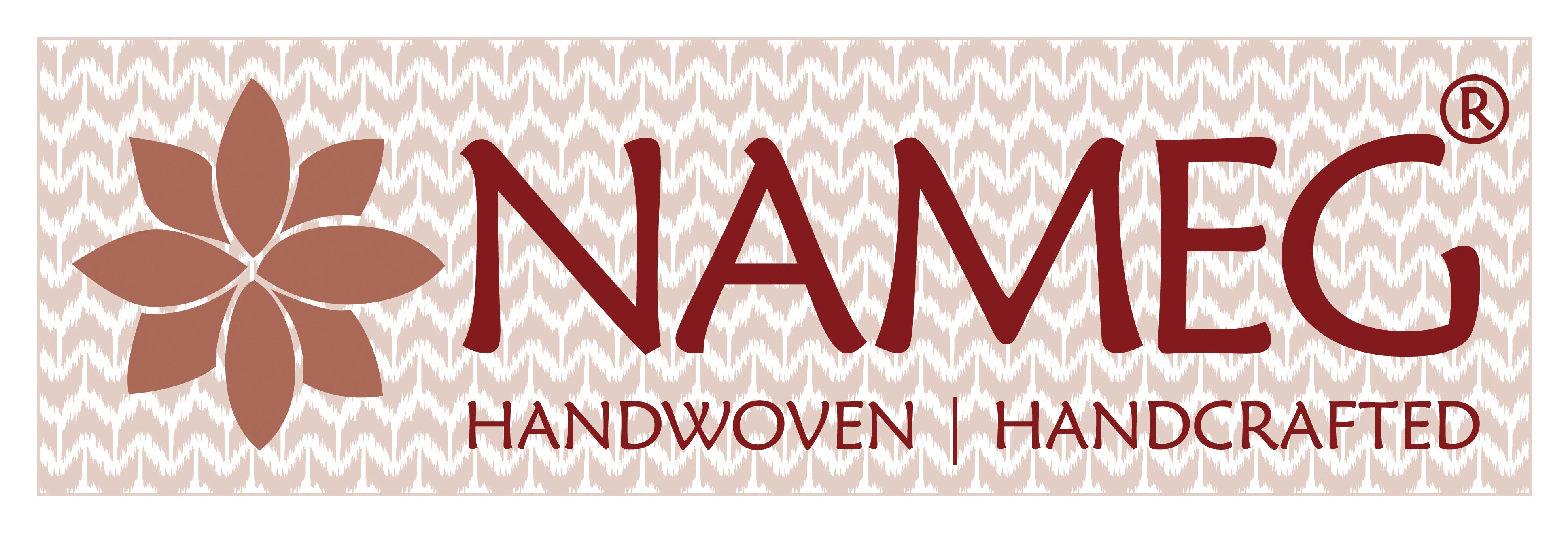Timeless Kalamkari Sarees
Kalamkari is from 'Kalam' (pen) and 'Kari' (craftsmanship), words taken from the Persian language for the speciality of hand painting done on textures with the utilization of a pen and in the present day, stretched out to incorporate hand block printing. There are two schools of workmanship that created Kalamkari at first in India.
Kalamkari is said to have thrived in the sixteenth and seventeenth century in Andhra Pradesh, in two districts – one near Tirupathi, the other near Vijayawada, somewhat inaccessible from one another yet with their own remarkable styles that grew autonomously.
Srikalahasti style utilized the pen for drawing and filling in the colours, and with a solid impact of Hindu culture, explicitly centred around strong subjects and scenes from the sagas Ramayana and Mahabharata in its works of art.
The Machilipatnam style accompanied an Islamic inclination, and had subjects of works of art, for the most part depicting flora and fauna, with floral designs as the scenery on the texture.
The two styles of Kalamkari, are famous and have one thing in common – the delineations are fine, unmistakable and flawlessly drawn, with broad utilization of natural hues which are fast, and till date, there has barely any weakening in the aptitude and quality.
Taken up even today by the customary craftsmen in their dominance of aptitude and craftsmanship in weaving, colouring, weaving, enhancements and different increases, Kalamkari has revived itself in another type of aesthetic portrayal that has the market enchanted for the imaginative manifestations that can't be duplicated even with current methods and exertion.

Kalamkari falls off flawlessly on a ton of texture materials like silk, cotton, sico, workmanship silks, for example, georgette, chiffon, crepe silk and numerous others. With vegetable colours being utilized, hues are quick and enduring. Themes with trees, creepers, blossoms, leaves, winged creatures are well-known subjects. Pictorial delineations from the sagas, old stories, regular daily existence are likewise taken up, being the more excellent and innovative endeavours of this awesome conventional showcase on sarees and different textures.
Gleam on the texture originates from the customary utilization of some characteristic substances, for example, myrobalan, bovine's milk, dairy animals waste, seeds, plants and squashed blossoms in the works of art. The drawing of lines and applying of natural hues is finished with a finely honed short bamboo piece. No subject nor configuration, no example nor include, no fringe nor pallu is just carried on to the following creation as a recurrent procedure. There are variety and curiosity, creativity and combination in each masterpiece that guarantees each offering is interesting. This mirrors the commitment and ability of the ethnic specialists to achieve such choice magnum opuses regardless of the constrained assets, however, every exertion is tedious and an exhausting undertaking, that includes a great deal of persistence and devotion in experiencing the twelve or more stages process in the 'preparing' of a kalamkari texture.
It is a wonder to see the complexity of the stories chosen, the eye for detail, the comprehension of hues, the sharpness of the lines, the momentous better subtleties of the picked subject and the beautiful result that put forth the ethnic attempt, worth its time and energy.
These handloom sarees are very special you should definitely have these hand-printed kalamkari sarees in your collection of sarees.
Next Blog - https://nameg.in/blogs/news/dazzle-with-charm-and-elegance-in-chanderi-sarees


